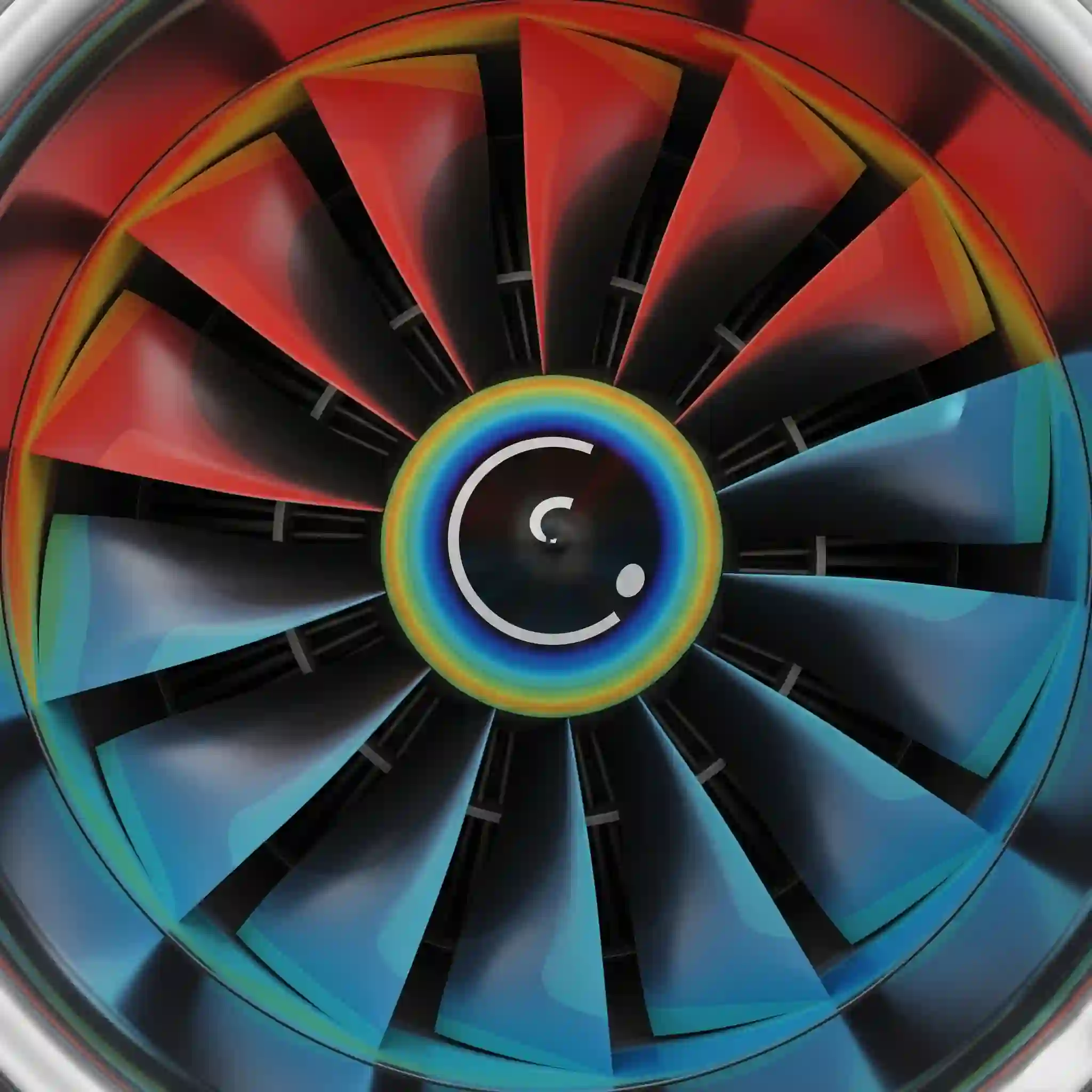Building a CFD-Based Digital Twin: The Complete Guide from Concept to Live Operation
1. Beyond Static Simulation: Why a CFD-Based Digital Twin is Your Next Competitive Edge Let’s be honest, for years, CFD has been a “what-if” tool. We run a simulation, analyze the results, make a design change, and run it again. It’s powerful, but it’s always been a snapshot in time. A digital twin changes the […]
An Introduction to Uncertainty Quantification (UQ): Beyond a Single Answer for Reliable CFD
You’ve run the simulation. The solver converged, and you have a beautiful contour plot showing a temperature of precisely 450.5 K on a critical component. The job is done, right? Not quite. For years, the number one question that keeps engineers up at night isn’t about convergence, it’s about confidence. How much can you really […]
Strategies for Handling and Post-Processing Terabyte-Scale CFD Datasets: A Practical Guide
So, the simulation is finally done. Weeks of compute time on the HPC cluster, and the result files are sitting there… all several terabytes of them. The feeling is part relief, part dread. We’ve all been there. The real challenge isn’t just running the simulation; it’s wrestling with the colossal data it produces. This whole […]
The Rise of PINNs & AI in CFD: What It Means for Your Business
Anyone who’s spent weeks wrestling with a non-converging simulation knows the feeling. You’re up against the computational wall. It’s a familiar story for any CFD professional: the finer the mesh, the longer the solve time, the higher the hardware cost. We’ve been pushing the boundaries of traditional methods for decades, but for some problems, we’re […]
Best Practices for HPC in Large-Scale CFD Simulations: The CFDSource Blueprint
Ever thrown more cores at a simulation only to watch it get slower? Or maybe you’ve seen your cloud computing bill and felt a cold sweat. You’re not alone. It’s a classic trap in computational fluid dynamics, where bigger isn’t always better, but smarter definitely is. This isn’t just another theoretical guide; it’s a collection […]
CFD Workflow with Python Scripting in Ansys Workbench
That sinking feeling when you realize your parametric study involves 50 manual runs? We’ve all been there. It’s not just the tedious clicking; it’s the late nights, the risk of a mis-click invalidating a day’s work, and the nagging thought that there must be a better way. After spending well over a decade neck-deep in […]
Extending Ansys Fluent’s Capabilities with Custom User-Defined Functions (UDFs): The Definitive Guide
So, you’ve hit a wall. Your simulation is 90% there, but that last 10%—that crucial piece of physics that defines your actual problem—isn’t in a dropdown menu. You’re in the right place. This isn’t just another tutorial; it’s a guide born from years in the trenches of complex simulations. We’re going to pull back the […]
Simulating Complex Moving Geometries with Overset Mesh: A “How-To” Guide from CFDSource Experts
Let’s be honest, you’re probably here because your dynamic mesh simulation just crashed. Again. That dreaded “Negative Cell Volume” error after hours of computation is a feeling I know all too well. When you’re dealing with large, complex motions—like a missile separating from an aircraft or a piston moving in a complex chamber—traditional remeshing methods […]
Achieving Grid Independence with AMR: A Practical Engineer’s Guide
Let’s be honest, running a traditional grid independence study feels like watching paint dry, but with more expensive hardware. You create a mesh, run the simulation, check the results. Then you refine the entire thing, run it again, and pray the key values don’t change much. It’s a tedious, resource-intensive process that can stall a […]
Shape Optimization with the Adjoint Solver: The Future of Automated Design

This isn’t just another incremental update in simulation tech; it’s a fundamental shift in how we approach design. We’re moving from educated guessing to data-driven evolution. This is one of those [advanced CFD techniques] that, once you grasp it, makes you wonder how you ever worked without it. 1. Why Traditional Brute-Force Design Iterations are […]


